Chianti Wine Region in Tuscany: History of Chianti Wines
Home » Things to Do » Chianti Wine Region
If you’re dreaming of rolling hills, charming vineyards, and sipping wine under the Tuscan sun, the Chianti wine region is calling your name! Just a short drive from Florence, this dreamy destination in Italy is perfect for a magical wine trip.
Known for its world-famous Chianti wine and the even more prestigious Chianti Classico, this area is a must for wine lovers and wanderers alike. With its rich history, breathtaking views, and warm hospitality, the Chianti region blends rustic charm with unforgettable flavor.
Whether you’re a curious sipper or a serious sommelier, there’s something here for you. And hey—if you’re already hunting for the best things to do in Florence, why not add a little wine tasting adventure to the list?

- Updated on
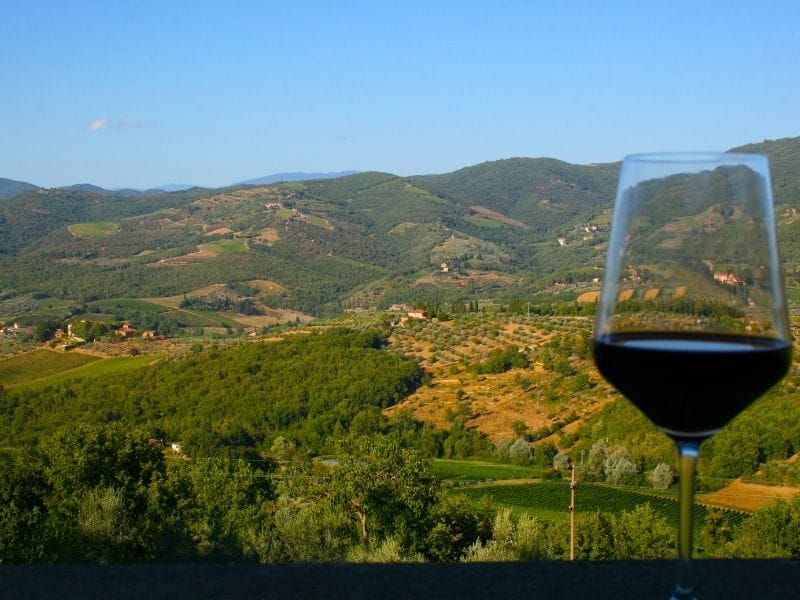
Author
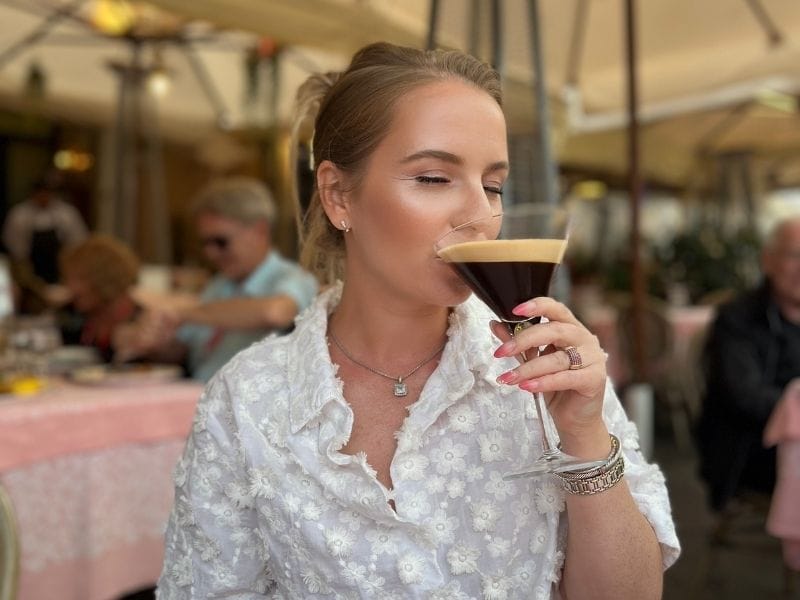
Welcome!
Welcome to Florence Awaits!
My name is Allie.
Italy is one of my favorite countries to visit in Europe, especially Florence!
I love everything the city has to offer. From the architecture to the most delicious food and wine, Florence has it all. So, come with me on this beautiful journey through Florence.
Allie
At GetYourGuide you will find an extensive selection of tickets and tours in Florence.
The best thing about it: you save valuable time as you don't have to wait in line at many sights.
Most tickets can be canceled free of charge and the company has an excellent reputation!
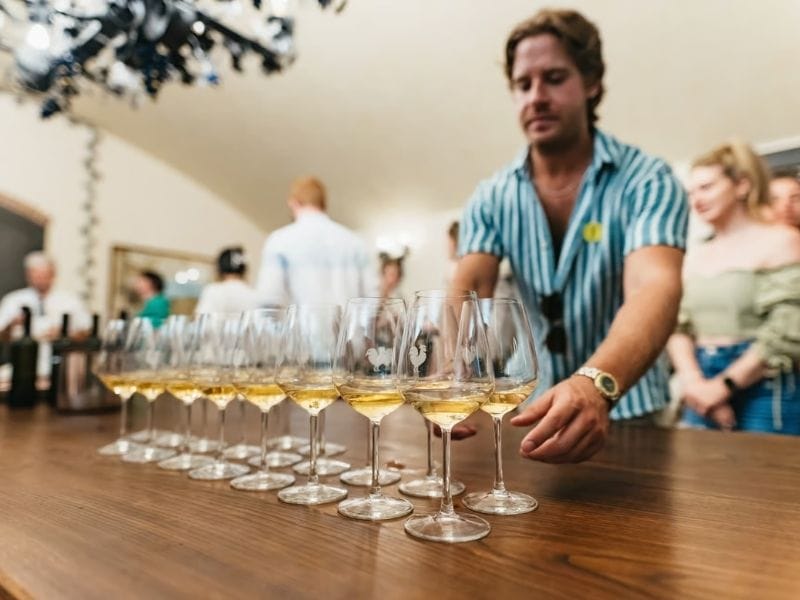
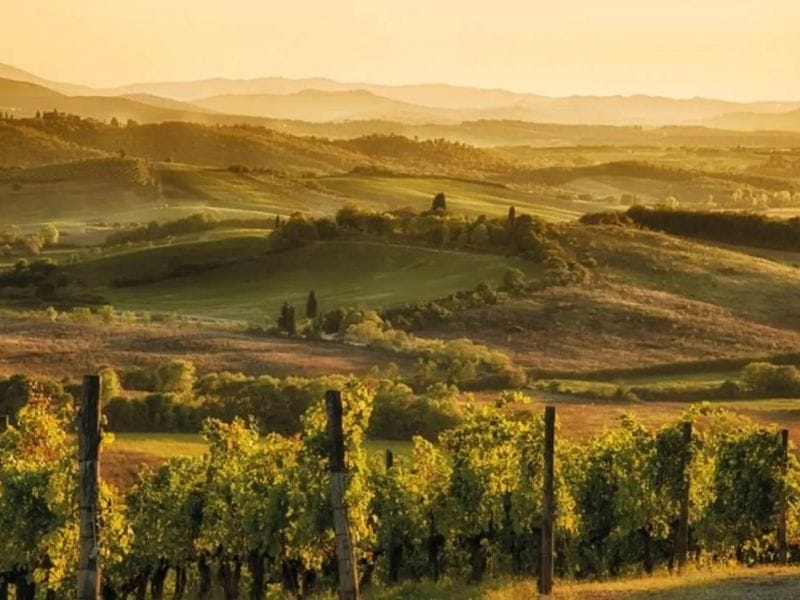
Tickets & Tours
Best tours, tickets & activities:
Ticket Information:
Winery visits: Most Chianti wineries don’t sell general entry tickets — tastings or guided tours must be reserved in advance, especially in peak season.Book online or email directly.
GetYourGuide offers great guided tours. See tours and tickets above.
Transportation:
Guided tours: Include return transfers in minivan or limo—hassle-free.
Nearby:
Explore charming hilltop towns: Greve in Chianti (lovely piazza, wine bars) Radda, Castellina, and Volpaia (historic castle + olive oil mills).
Visit iconic estates: Antinori, Castello di Brolio, Castello di Volpaia — many feature wine shops, restaurants, cooking classes, and olive oil tastings
Recommended exploration time:
Single winery + tasting: 1-2 hours.
Full-day winery tour: 6-8 hours.
Castle estate + lunch: 3-4 hours.
Opening hours:
Antinori nel Chianti Classico (Tavarnelle):
April–Oct: daily 10 AM–6:30 PM
Nov–Mar: Mon–Fri 10 AM–5:30 PM; weekends until 6 PM
Castello di Volpaia: visitable year-round; tour and tasting times vary — check in advance.
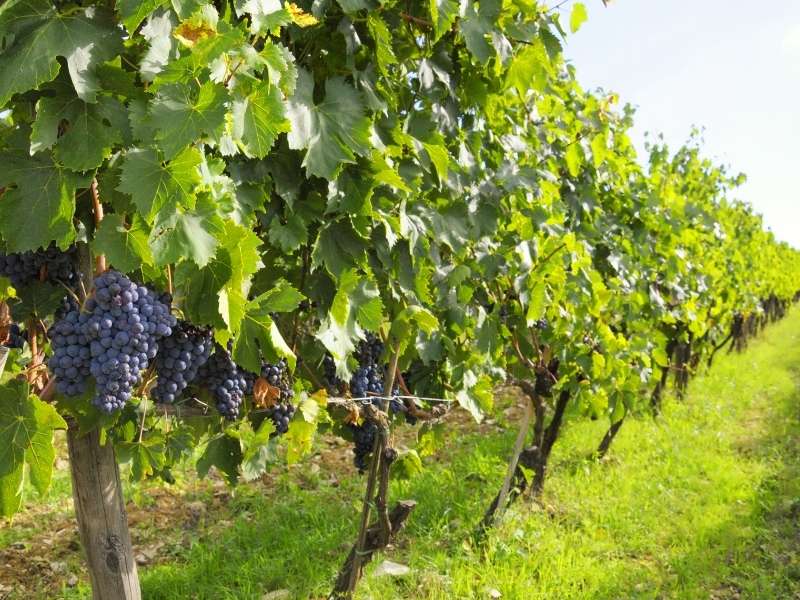
What is the Chianti Wine Region?
The Chianti area refers to a hilly stretch of central Tuscany famed for its wine production. Bordered by Florence and Siena, and brushing the provinces of Pisa and Arezzo, it’s the heartland of Italian wine. The original Chianti wine region was defined way back in 1716 by Cosimo III, the Grand Duke of Tuscany—a true wine-loving visionary!
This region was officially protected as a wine zone, making it one of the world’s earliest examples of a controlled winemaking area. Today, it’s known for producing the legendary Chianti wine, especially the prestigious Chianti Classico, which is marked by the iconic Black Rooster seal (more on that later!).
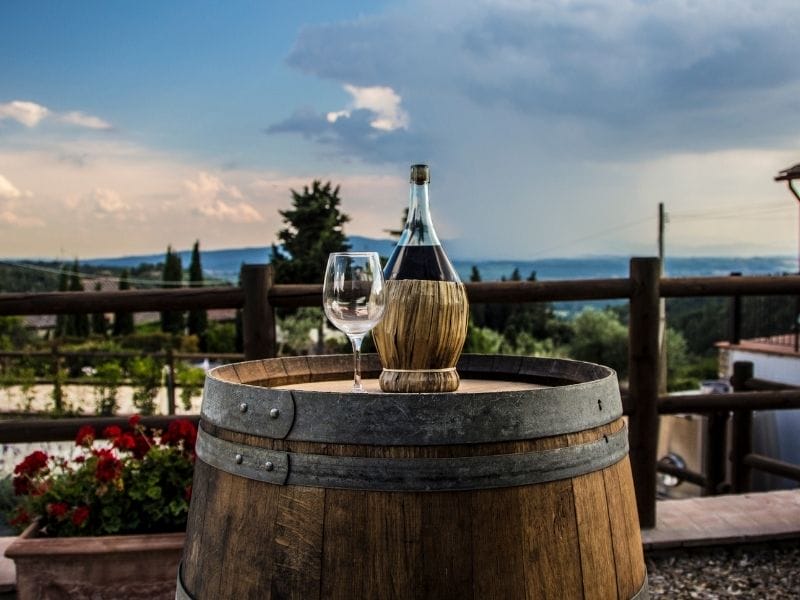
What Makes Chianti So Special?
It’s not just about the wine—although, let’s be real, it’s mostly about the wine. The Chianti hills are home to vineyards, olive groves, stone farmhouses, castles, and picturesque villages like Greve in Chianti, Castellina in Chianti, and Radda in Chianti.
The climate, with its warm days and cool nights, is ideal for growing the Sangiovese grape, which is the star of Chianti Classico wine. But you’ll also find blends with Canaiolo, Malvasia, and Trebbiano—a mix of red and white grapes that balance each other beautifully.
As a traveler, there’s nothing quite like visiting a family-run winery, walking between rows of vines, and enjoying a delightful wine tasting with views that belong in a postcard.
The History of Chianti Wines: From Monks to Medici
Let’s swirl back through time for a moment. The roots of Chianti wine go back to the 13th century, when monks and local farmers began cultivating vines and crafting humble red wine. The blend of Sangiovese and Canaiolo started to gain popularity in the region.
In 1716, Cosimo III declared the region between Florence and Siena as a protected area for high-quality wine, marking the birth of the official Chianti wine region.
The 19th century saw the rise of the “Chianti formula” by Baron Bettino Ricasoli (yes, like the castle!). He experimented with grapes and concluded that the best Chianti came from Sangiovese, blended with Canaiolo and a dash of Malvasia or Trebbiano for softness and aroma.
Then came the DOCG (Denominazione di Origine Controllata e Garantita) classification—a strict quality standard in Italy. Only wines meeting these guidelines can label themselves as Chianti Classico DOCG, complete with the little Black Rooster on the bottle neck.
Chianti Classico: The Pride of Tuscany
If Chianti wine is the region’s heart, then Chianti Classico is its soul. It’s produced in a central area of the Chianti Classico wine region, and must include at least 80% Sangiovese grape.
These wines are bold, elegant, and full of character, like a Tuscan grandma who gives you life advice while feeding you pasta. Notes of cherry, violet, leather, and spice swirl together in each sip. Whether you’re enjoying it in a cozy wine bar or directly from a vineyard, it’s hard not to fall in love.
Must-Visit Villages in the Chianti Region
Greve in Chianti: The unofficial “capital” of the region, with a charming piazza, excellent wine bars, and the famous Falorni butcher shop. The village of Greve in Chianti is a great starting point for any wine tour.
Radda in Chianti: Medieval streets, dreamy views, and peaceful wineries. I did a wine tasting here under a fig tree and will never forget it!
Castellina in Chianti: Ancient Etruscan roots, stone archways, and incredible red wine. Don’t miss the local castle and underground wine cellars.
Each village has its own rhythm, flavors, and stories, but all offer warm Tuscan hospitality and stunning scenery.
Winery Experiences and Wine Tasting
The Chianti experience is all about slow travel. Spend a day hopping between wineries, where you’ll learn about traditional and modern winemaking techniques, walk among sun-kissed vines, and meet passionate locals who make magic in barrels.
Some of the best wineries in Chianti offer guided wine tours, tastings with local Tuscan cuisine, and even cooking classes! Whether it’s an elegant estate or a humble farmhouse, each stop adds something unforgettable to your wine trip.
My tip? Don’t rush. Book a tasting in Greve, then relax with a glass and let the hills do their thing.

The Black Rooster and the DOCG Seal
You’ll spot the proud Black Rooster seal on bottles of Chianti Classico DOCG—but why a rooster? Legend has it that during a border dispute between Florence and Siena, the cities agreed to send out two knights at dawn. The Florentines used a black rooster to wake their knight early, allowing him to ride further and claim more land. Hence, the symbol of victory became the emblem of Chianti Classico!
So every time you see that little rooster on a bottle, you’re holding a piece of quirky Tuscan history. Cheers to clever chickens and even cleverer wine!
The Chianti wine region is more than a destination—it’s a feeling. Whether you’re wandering the piazza in Greve, sipping a bold Chianti Classico, or watching the sunset over a vineyard, it’s an experience that lingers long after the last sip.
Ready to explore the best wineries and soak up all the experiences in Chianti? Don’t forget to add it to your list of the best things to do in Florence!
At GetYourGuide you will find an extensive selection of tickets and tours in Florence.
The best thing about it: you save valuable time as you don't have to wait in line at many sights.
Most tickets can be canceled free of charge and the company has an excellent reputation!
FAQ: Chianti Wine Region in Tuscany
When is the best time to visit the Chianti wine region?
The most popular times are spring (April–June) and fall (September–October), when the weather is mild and the vineyards are lush and vibrant. Autumn also overlaps with the grape harvest!
Can I visit wineries without a tour?
Many wineries welcome walk-ins, but for the best experience (and tastings!), It’s smart to book a wine tour in advance, especially during high season.
What’s the difference between Chianti and Chianti Classico?
Chianti Classico is produced in a smaller, historical zone of the Chianti region and follows stricter production rules. Look for the Black Rooster seal to make sure you’re sipping the real deal!
How long is the drive from Florence to the Chianti wine region?
The Chianti hills start just 30–40 minutes from Florence by car, making it a perfect day trip (though I recommend staying a night or two!).
Can I explore Chianti without a car?
Yes, but a car offers more freedom. Some villages, like Greve and Radda, are accessible by bus, and several companies offer organized wine tours from Florence.
What food pairs well with Chianti wine?
Tuscan cuisine is a perfect match—think grilled meats, pecorino cheese, mushroom pasta, and local salami. The best Chianti deserves equally delicious bites!
Is Chianti wine always red?
Traditionally, yes. Chianti wine is primarily a red wine made from the Sangiovese grape, but some wineries also experiment with white grapes like Malvasia and Trebbiano.

Allie
Hey everyone! I’m Allie, and I love great Italian food and the relaxed atmosphere in Florence! My favorite thing to do is people watching at a local cafe while drinking a glass of vino!
Did you know that …
By purchasing through my links, you support me at no additional cost.
Thank you for your support. ♥️
via GetYourGuide
Hotels in Florence
via Booking.com
Flights to Florence
via Skyscanner
Be sure to also check out:
